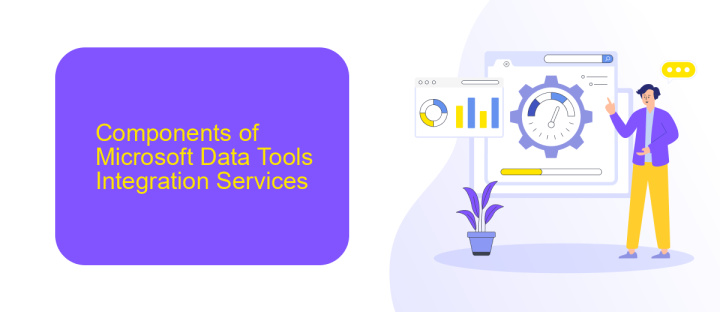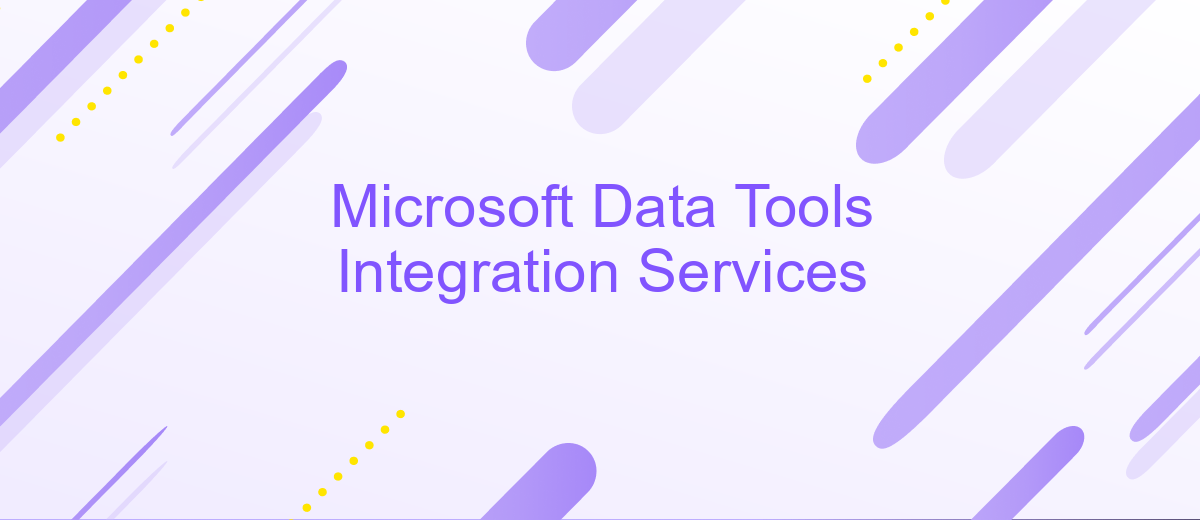Microsoft Data Tools Integration Services
Microsoft Data Tools Integration Services (SSIS) is a powerful platform for building enterprise-level data integration and workflow solutions. With its robust set of tools, SSIS enables developers to efficiently manage data migration, transformation, and integration tasks. This article delves into the key features, benefits, and practical applications of SSIS, offering insights for both beginners and experienced professionals.
Introduction to Microsoft Data Tools Integration Services
Microsoft Data Tools Integration Services (SSIS) is a platform for building enterprise-level data integration and transformation solutions. It enables developers to extract, transform, and load (ETL) data from various sources into destinations, facilitating data warehousing, data migration, and data synchronization tasks.
- Data extraction from multiple sources such as SQL Server, Oracle, and flat files
- Data transformation using built-in and custom components
- Data loading into various destinations including databases, data warehouses, and cloud services
- Automation of data workflows through scheduling and event-driven triggers
- Integration with third-party services like ApiX-Drive for enhanced connectivity and automation
SSIS provides a robust framework for handling complex data integration scenarios, ensuring data consistency and integrity. With the ability to integrate with services such as ApiX-Drive, users can further streamline their data workflows, connecting disparate systems and automating data transfers without extensive coding. This makes SSIS an essential tool for businesses looking to leverage their data assets effectively.
Components of Microsoft Data Tools Integration Services

Microsoft Data Tools Integration Services (SSIS) consist of several key components designed to facilitate data integration and workflow automation. The core components include the SSIS Designer, a visual tool for creating, managing, and debugging packages. These packages are collections of tasks that define workflows, which can be executed to perform data extraction, transformation, and loading (ETL) operations. Additionally, SSIS includes a variety of built-in tasks and transformations, such as data flow tasks, control flow tasks, and event handlers, allowing users to handle complex data integration scenarios efficiently.
Another essential component is the SSIS Catalog, a centralized storage location for SSIS packages, which provides enhanced management and execution capabilities. It includes features like versioning, logging, and monitoring, ensuring robust and reliable data integration processes. For those looking to integrate external APIs and services, tools like ApiX-Drive can be invaluable. ApiX-Drive offers seamless integration with various platforms, making it easier to automate data workflows and synchronize information across different systems. This enhances the overall functionality and flexibility of SSIS, allowing businesses to streamline their data operations effectively.
Benefits of Using Microsoft Data Tools Integration Services

Microsoft Data Tools Integration Services (SSIS) offers a robust platform for building enterprise-level data integration and transformation solutions. These services simplify complex data management tasks, ensuring seamless data flow across various systems and applications.
- Efficiency: SSIS automates repetitive data tasks, saving time and reducing human error.
- Scalability: The platform supports large-scale data operations, making it suitable for growing businesses.
- Flexibility: SSIS integrates with multiple data sources, including SQL Server, Oracle, and flat files.
- Cost-Effective: Reduces the need for custom coding, lowering development and maintenance costs.
- ApiX-Drive Integration: Easily connects with ApiX-Drive for enhanced data synchronization and automation, further streamlining workflow processes.
Incorporating SSIS into your data management strategy ensures that your organization can handle complex data integration needs with ease. By leveraging tools like ApiX-Drive, businesses can achieve higher levels of efficiency and accuracy, ultimately driving better decision-making and operational success.
Common Use Cases for Microsoft Data Tools Integration Services

Microsoft Data Tools Integration Services (SSIS) is a powerful platform for building enterprise-level data integration and transformation solutions. It is widely used for extracting, transforming, and loading (ETL) operations, enabling organizations to efficiently manage and consolidate their data from various sources.
One common use case for SSIS is data migration, where businesses need to transfer data from legacy systems to modern databases. This ensures that all historical data is preserved and can be accessed seamlessly in the new system. Another frequent application is data warehousing, where SSIS is used to aggregate data from multiple sources into a centralized repository for analysis and reporting.
- Data Migration: Transferring data from old systems to new platforms.
- Data Warehousing: Consolidating data from various sources for analysis.
- Automated Data Integration: Scheduling and automating ETL processes.
- Data Cleansing: Ensuring data quality by removing inaccuracies and inconsistencies.
Additionally, tools like ApiX-Drive can complement SSIS by providing easy-to-use interfaces for setting up integrations without extensive coding. This allows businesses to streamline their data workflows and improve efficiency. By leveraging these tools, organizations can ensure their data processes are both robust and flexible.


Getting Started with Microsoft Data Tools Integration Services
To begin with Microsoft Data Tools Integration Services, you need to install SQL Server Data Tools (SSDT). This toolset is essential for creating, deploying, and managing data integration and transformation solutions. Once SSDT is installed, you can access the Integration Services project template in Visual Studio, which allows you to design and implement packages using a drag-and-drop interface. These packages can be used to extract, transform, and load (ETL) data from various sources, making it easier to manage large datasets and automate data workflows.
For those looking to enhance their data integration capabilities, services like ApiX-Drive can be invaluable. ApiX-Drive offers a user-friendly platform for setting up integrations between various applications without needing extensive coding knowledge. By leveraging ApiX-Drive, you can automate data transfers between your systems and SQL Server Integration Services (SSIS), ensuring seamless and efficient data flow. This can significantly reduce the time and effort required to maintain data consistency across different platforms, making your data management processes more streamlined and effective.
FAQ
What is Microsoft Data Tools Integration Services (SSIS)?
How can I automate data integration tasks in SSIS?
What are the key components of an SSIS package?
Can I integrate SSIS with cloud services?
How do I monitor and troubleshoot SSIS packages?
Routine tasks take a lot of time from employees? Do they burn out, do not have enough working day for the main duties and important things? Do you understand that the only way out of this situation in modern realities is automation? Try Apix-Drive for free and make sure that the online connector in 5 minutes of setting up integration will remove a significant part of the routine from your life and free up time for you and your employees.

